Optimal Timing for Fire Restorations
Fire restorations are most effective when performed promptly after fire damage occurs. The timing depends on factors such as weather conditions, fire severity, and the availability of restoration services. Early intervention can help minimize structural damage and reduce restoration costs.
Spring and fall often provide optimal weather conditions for fire restorations, with moderate temperatures and lower humidity levels.
Dry, mild weather reduces the risk of secondary damage during restoration, making these periods ideal for scheduling work.
Immediate response after a fire ensures debris removal, smoke odor mitigation, and structural assessments are completed efficiently.
Coordinating with insurance providers can influence timing, as claims processes may require documentation and inspections.

Initial evaluation of fire-affected structures.

Techniques used to eliminate lingering smoke smells.
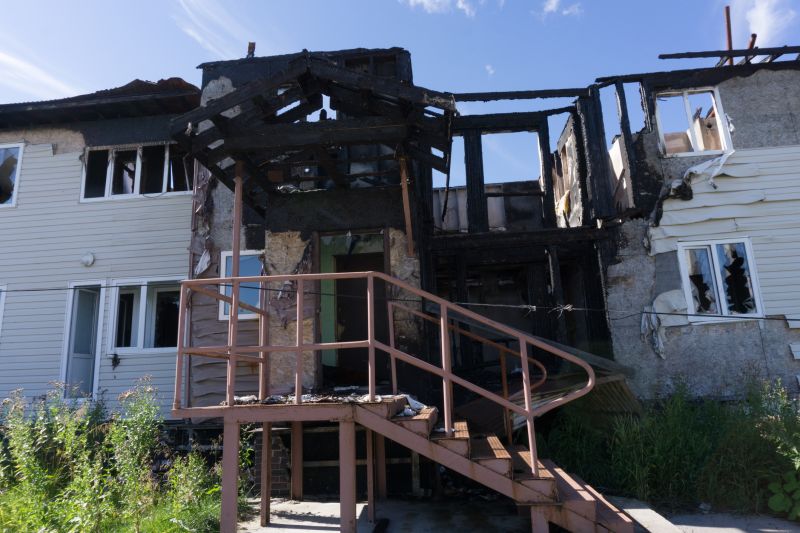
Restoration of damaged building components.

Ways to make Fire Restorations work in tight or awkward layouts.
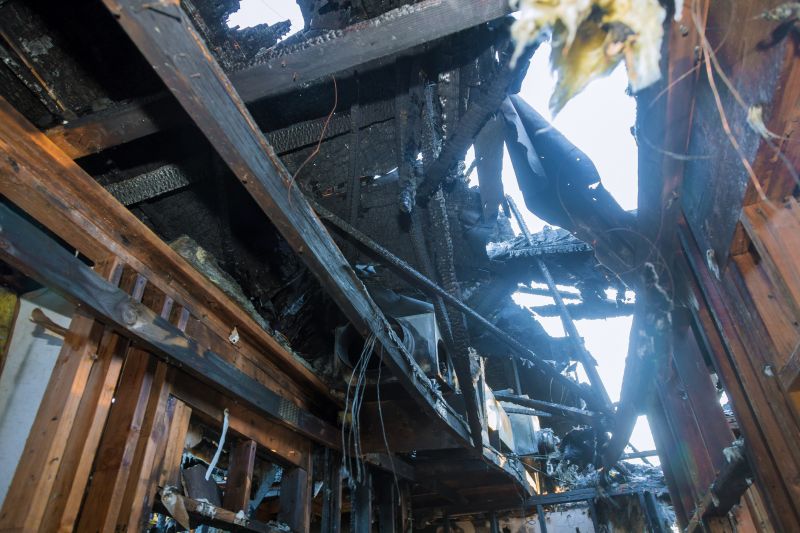
Popular materials for Fire Restorations and why they hold up over time.

Simple add-ons that improve Fire Restorations without blowing the budget.
| Aspect | Details |
|---|---|
| Optimal Seasons | Spring and fall offer favorable weather for fire restoration activities. |
| Weather Conditions | Dry, mild days reduce secondary damage risks. |
| Post-Fire Timing | Immediate response minimizes structural and smoke damage. |
| Insurance Coordination | Aligning restoration with insurance claims can influence timing. |
| Regional Fire Seasons | Off-peak seasons may provide faster scheduling. |
| Humidity Levels | Lower humidity helps prevent mold growth during restoration. |
| Temperature Range | Temperatures between 50-75°F are ideal for restoration work. |
Fire restorations involve multiple steps including debris removal, smoke odor mitigation, structural repairs, and repainting. Timely action can significantly reduce long-term costs and prevent further deterioration. Understanding seasonal and weather factors helps determine the most suitable time for effective restoration efforts.
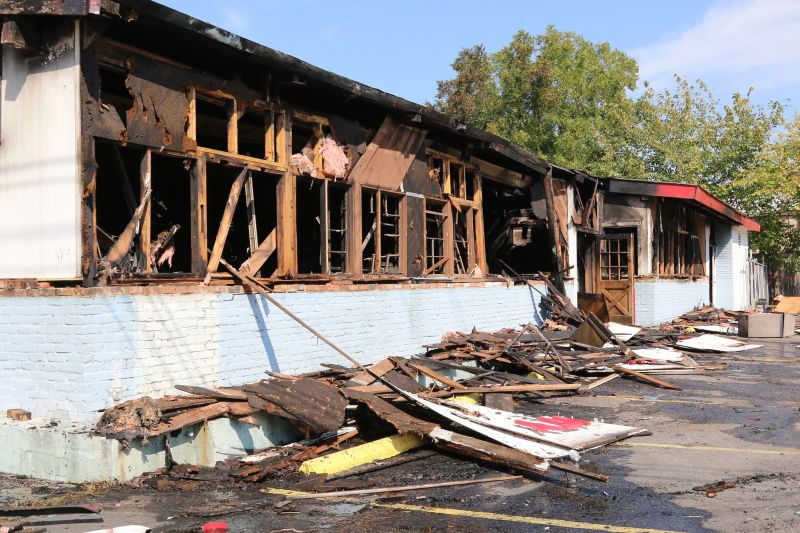
Removing debris and damaged materials.
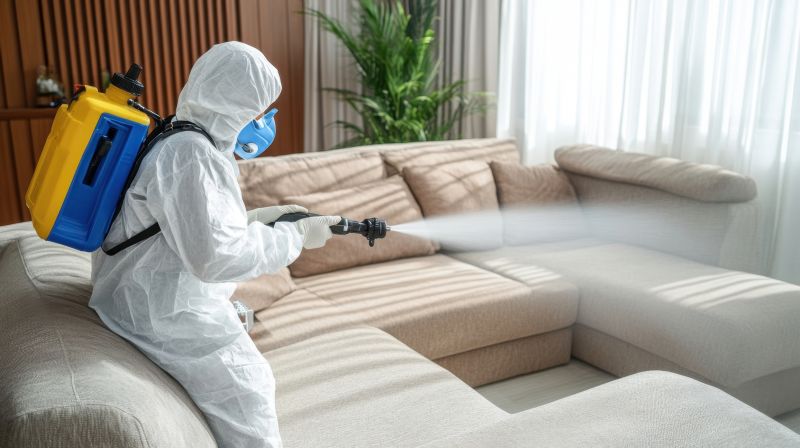
Applying deodorization techniques.
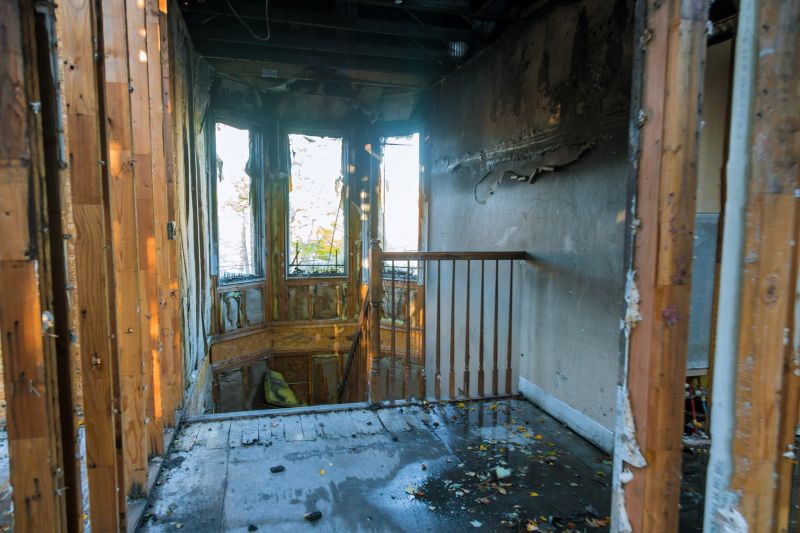
Restoring damaged frameworks and surfaces.

Repainting and finishing touches.
For those considering fire restoration services, timing is an important factor to ensure the most efficient and effective results. Early action during favorable weather conditions can help mitigate extensive damage and streamline the restoration process.
Interested parties are encouraged to contact for more information about scheduling fire restorations and to discuss specific needs related to fire damage. Proper timing can help restore property integrity and safety efficiently.
